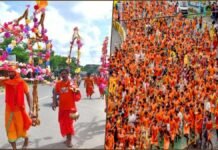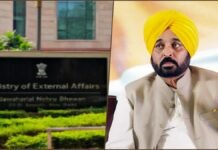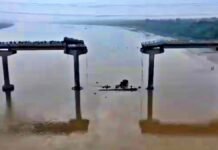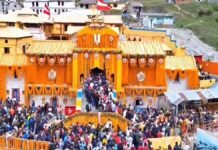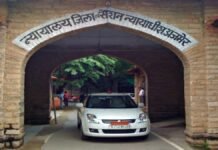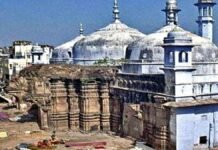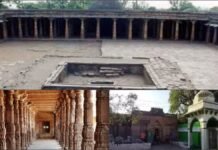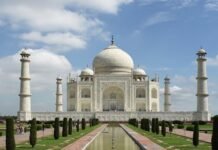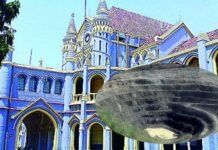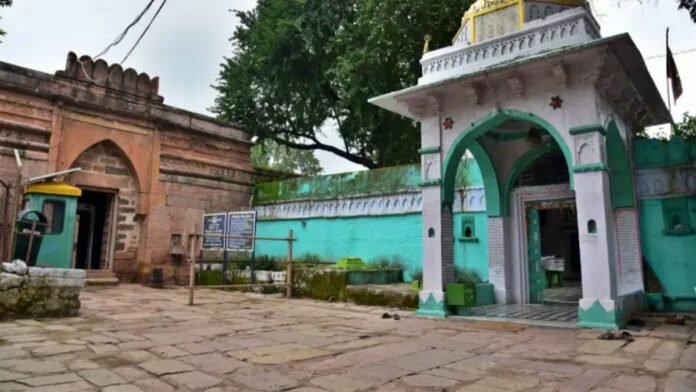
New Delhi: In a landmark decision, the Indore High Court has ordered the Archaeological Survey of India (ASI) to conduct a comprehensive survey of the Bhojshala complex, a site of historical and religious significance in the Dhar district of Madhya Pradesh. This move comes as a response to a petition filed by the Hindu Front for Justice, which has been advocating for a detailed examination of the site to ascertain its true heritage.
The Bhojshala complex, believed to be nearly a millennium old, has been the subject of debate between Hindu and Muslim communities, with both sides presenting evidence to support their claims. The Hindu community regards Bhojshala as a temple dedicated to Goddess Saraswati, citing historical references and colorful photographs of the site’s architecture. Conversely, the Muslim community refers to the complex as the Kamal Maula mosque, highlighting its significance as a place of worship in their tradition.
The High Court’s directive for an ASI-led survey includes the formation of a five-member committee tasked with carrying out a time-bound scientific investigation. The methods proposed for this investigation include excavation and the use of Ground Penetrating Radar (GPR) technology, which is expected to provide insights into the complex’s origins and usage over the centuries.
Bhojshala is currently recognized as a protected monument under the jurisdiction of the ASI. According to an order dated April 7, 2003, the site operates under a unique arrangement that allows Hindus to offer prayers every Tuesday, while Muslims are permitted to conduct namaz each Friday.

The court’s decision is seen as a step towards resolving the longstanding dispute over Bhojshala’s identity, with the potential to shed light on the complex’s historical narrative and cultural significance. The outcome of the ASI survey is eagerly anticipated by both communities and historians alike, as it promises to contribute to the understanding of India’s rich and diverse heritage.



